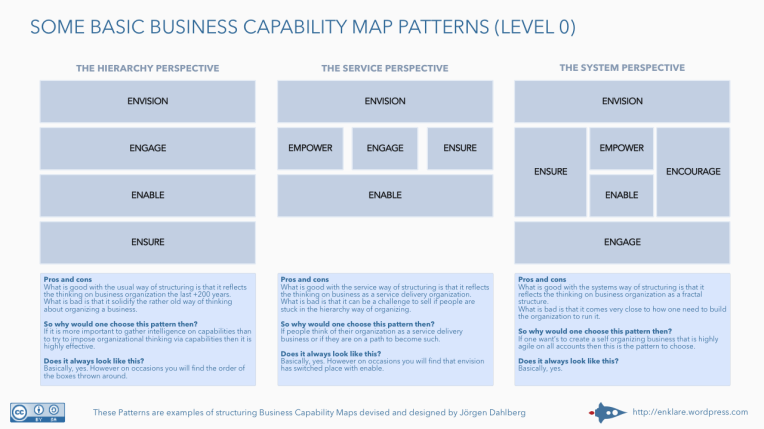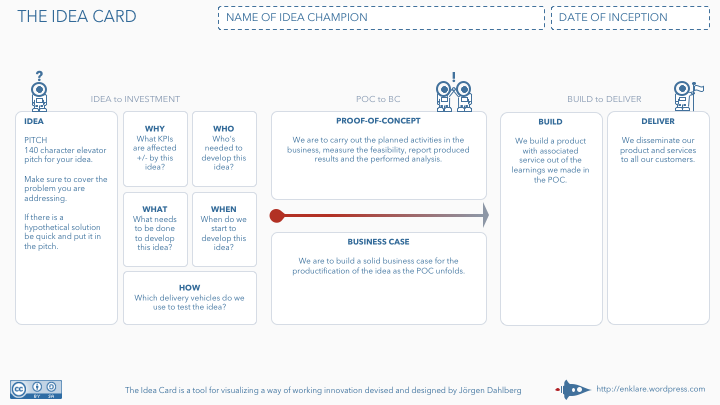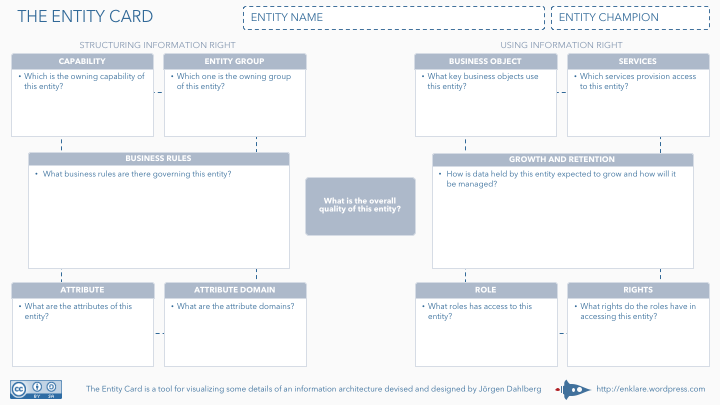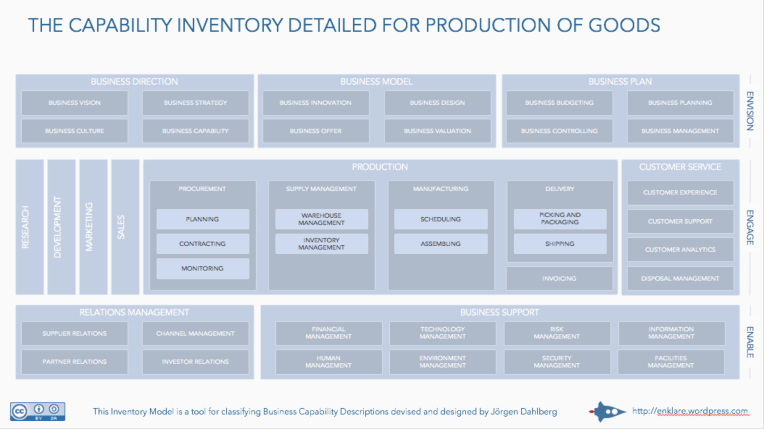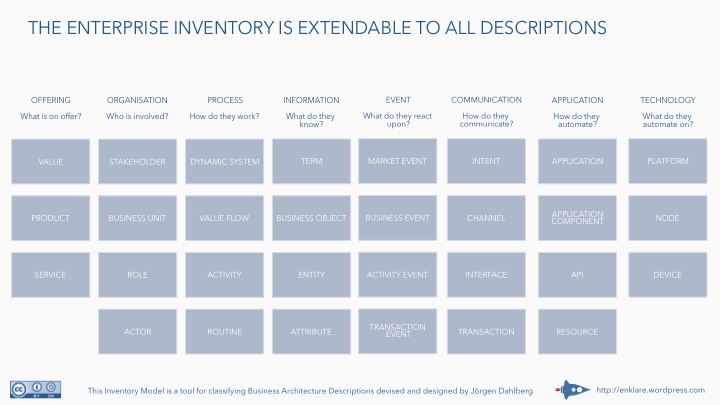The mistake of the many
Raising a host of all employees and marching them great distances entails heavy loss on the people and a drain on the resources of the Enterprise. The daily expenditure will easily surmount that which can ever be gained. There will be commotion in the organization and the network, and men will drop down exhausted on the floors.
The wise leader and the good manager
Stakeholders may face each other for years, striving for the consensus which should be decided in a single day. This being so, to remain in ignorance of the stakeholders condition simply because one grudges the outlay of a small amount of funds, is the height of inhumanity. One who acts thus is no leader of men, no present help to the owners, no master of victory. Thus, what enables the wise leader and the good manager to act and win, and achieve things beyond the reach of ordinary men, is foreknowledge. Now this foreknowledge cannot be elicited from spirits; it cannot be obtained inductively from experience, nor by any deductive calculation. Knowledge of the stakeholders dispositions can only be obtained from other men. Hence the use of architects.
Four classes of architects
- Business architects;
- Enterprise architects;
- Domain architects;
- Solution architects;
When these four kinds of architects are all at work, none can discover the secret system. This is called “divine manipulation of the threads.” It is the leaders most precious faculty.
Having business architects means employing the services of the leaders of a business domain. Having enterprise architects, making use of managers of the stakeholders. Having domain architects, getting hold of the domain specific information and using it to further our purposes. Having solution architects, doing certain things openly for purposes of inclusion. Hence it is that which none in the whole organization are more intimate relations to be maintained than with architects. None should be more liberally rewarded. In no other business should greater security be preserved.
Employing architects
Architects cannot be usefully employed without a certain intuitive sagacity. They cannot be properly managed without benevolence and straightforwardness. Without subtle ingenuity of mind, one cannot make certain of the truth of their reports. Be subtle! be subtle! and use your architects for every kind of business. If a certain piece of insight is divulged by an architect before the time is ripe, he must be silenced together with the man to whom the secret was told.
Whether the object be to optimize a business unit, to move a product on to the market, or to execute mergers and acquisitions, it is always necessary to begin by finding out the names of the attendants, the aides-de-camp, and door-keepers and sentries of the managers in command. Our architects must be commissioned to ascertain these.
The end and aim of architecting in all its varieties is knowledge of the stakeholders businesses; and this knowledge can only be derived, in the first instance, from the domain architect. Hence it is essential that the domain architect be treated with the utmost liberality.
Hence it is only the enlightened leader and the wise manager who will use the highest intelligence of the enterprise for purposes of architecting and thereby they achieve great results. Architects are a most important element in water (emotion and intuition), because on them depends an enterprise ability to move.
—————————————————————-
You can read Section One here: section-one-strategy
You can read Section Two here: section-two-doing-architecture
You can read Section Three here: section-three-planning-the-architecture
You can read Section Four here: section-four-tactical-dispositions
You can read Section
You can read Section
You can read Section Seven here: section-seven-maneuvering
You can read Section Eight here: section-eight-variation-in-tactics
You can read Section Nine here: section-nine-on-the-march
You can read Section Ten here: section-ten-domains
You can read Section Eleven here: section-eleven-situations
You can read Section Twelve here: section-twelve-investigation-by-process
The text above is based upon the writings of Sun Tzu in the Art of War. Several translations has been read prior to writing the text above, but the most prominently used translation is the one retrieved from “http://en.wikisource.org/wiki/The_Art_of_War_(Sun)”. I consider the text above a work in progress…
